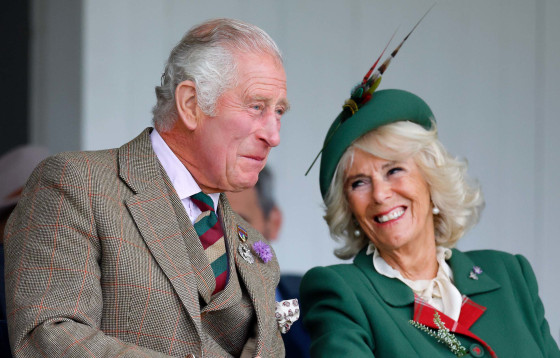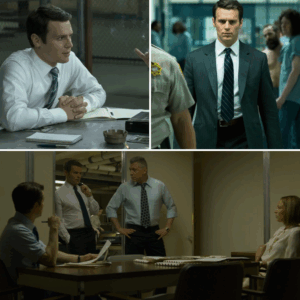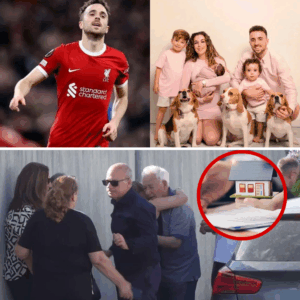The saga of Prince Charles, Camilla Parker Bowles, and Princess Diana stands as one of the most tumultuous and heartbreaking chapters in royal history, a story marked by love, betrayal, and unfulfilled expectations. On July 29, 1981, the world witnessed the “wedding of the century” as Charles married Diana Spencer at St. Paul’s Cathedral, a union watched by 750 million people across 74 countries. Yet, beneath the grandeur—a 25-foot train gown, 27 wedding cakes, and a £48 million spectacle—lay a marriage built on a foundation of royal duty rather than genuine affection. Forty-four years later, as of 11:22 AM +07 on Wednesday, July 30, 2025, the troubling truth emerges: this idealized union, designed to fit the monarchy’s vision of a perfect royal bride, lacked love from the outset, setting the stage for a love triangle that would unravel with devastating consequences for all involved.
The roots of this drama trace back to the early 1970s, when Charles, then in his early 20s, met Camilla Shand at a polo match. Their connection was instant, fueled by shared interests in the countryside, humor, and a deep emotional bond. Camilla, 16 months older, offered Charles a sense of equality and companionship, a stark contrast to the rigid expectations of royal life. However, their romance faltered when Charles joined the Royal Navy in 1972, and Camilla married Andrew Parker Bowles in 1973, a union that suited her at the time but left Charles devastated. The royal family and societal norms of the era deemed Camilla unsuitable—her lack of aristocratic virginity and prior relationships clashed with the image of an untainted future queen. This rejection set the stage for a fateful pivot toward Diana.
Diana entered the picture in 1977, introduced to Charles through her sister Sarah, whom he briefly dated. At 16, she was youthful, aristocratic, and, crucially, unburdened by a romantic past—a perfect match in the eyes of the monarchy and a public craving a fairy-tale princess. Charles, under pressure from his father, Prince Philip, and the need to secure the royal line, proposed in 1981 after just 12 meetings. The engagement announcement in February was met with euphoria, but cracks appeared early. When asked if they were in love, Diana’s enthusiastic “Of course” was met with Charles’s cryptic “Whatever ‘in love’ means,” a hint of his ambivalence that stunned her. This mismatch of emotions foreshadowed the turmoil ahead.
The wedding day itself was a paradox of joy and dread. Diana, now 20, arrived in the Glass Coach, her dress adjusted five times due to rapid weight loss that shrank her waist from 29 to 23.5 inches—a sign of mounting anxiety. The night before, spent at Clarence House with her sisters, turned harrowing as she suffered a severe bulimia episode, binge-eating and purging in a fit of distress triggered by learning of a bracelet Charles had sent Camilla, engraved with their initials. “I was sick as a parrot,” she later recalled, waking on July 29 with a “deathly calm” that masked her realization of entering a loveless trap. Her vow omission of “obey” and Charles’s own verbal slip during the ceremony hinted at their mutual unease, unnoticed by the global audience celebrating a union they saw as ideal.

The marriage’s lack of love became evident post-wedding. The honeymoon on the Royal Yacht Britannia, meant to foster intimacy, instead highlighted their disconnect, with Diana feeling isolated as Charles remained emotionally tied to Camilla. The birth of Princes William in 1982 and Harry in 1984 brought temporary closeness, but these moments were fleeting. Diana’s bulimia worsened, a coping mechanism for the pressure and Charles’s continued contact with Camilla, who had resumed their affair by 1978 and intensified it after Laura’s birth. Diana’s confrontation with Camilla in 1989—“I know what’s going on… I want my husband”—revealed her desperation, met with Camilla’s retort about her having “everything,” exposing the emotional chasm.
The public facade crumbled in the 1990s. Tabloids fueled by leaked phone calls—Camillagate in 1993 and Squidgygate—exposed Charles and Diana’s affairs, with Camilla and James Hewitt respectively. Diana’s 1995 Panorama interview, where she famously said, “There were three of us in this marriage, so it was a bit crowded,” laid bare her pain, while Charles’s 1994 admission of infidelity with Camilla confirmed the marriage’s collapse. Their separation in 1992 and divorce in 1996 marked the end, with Diana losing her HRH title but retaining global adoration as the “People’s Princess.” Her death in 1997, a year later, cemented her legacy, while Charles and Camilla married in 2005, finding a belated happy ending.
The toll on Diana was profound. Her bulimia, triggered by Charles’s comment on her weight and the Camilla shadow, persisted until therapy in the 1990s, a battle she shared to destigmatize mental health. She described the wedding as the “worst day of her life,” a sentiment echoed by friends who noted her sense of being a “lamb to the slaughter”—young, unprepared, and sacrificed to royal ideals. Charles, pressured by duty and his father’s insistence, later expressed regret, acknowledging the cruelty of asking someone to sacrifice happiness for a public role. The monarchy’s obsession with an idealized spouse, blind to love, created a marriage that was a public triumph but a private tragedy.
Camilla’s journey reflects resilience. Initially sidelined, her bond with Charles endured, evolving from friendship to a steadfast partnership. Her acceptance as Queen Consort in 2025, after years of public scrutiny, marks a shift in royal norms, where divorce and remarriage are less taboo. Yet, her role in the triangle remains controversial, with some viewing her as a homewrecker, others as Charles’s true soulmate.
For Charles, the marriage to Diana was a duty-driven misstep. His love for Camilla, suppressed by tradition, resurfaced, but at the cost of Diana’s well-being. The couple’s sons, William and Harry, carry her legacy—William as future king, Harry advocating independently—while the royal family grapples with the fallout. The “wedding of the century” symbolizes a bygone era’s ideals, its glamour masking a love triangle born of a loveless union, a poignant reminder of the human cost behind royal facades.



